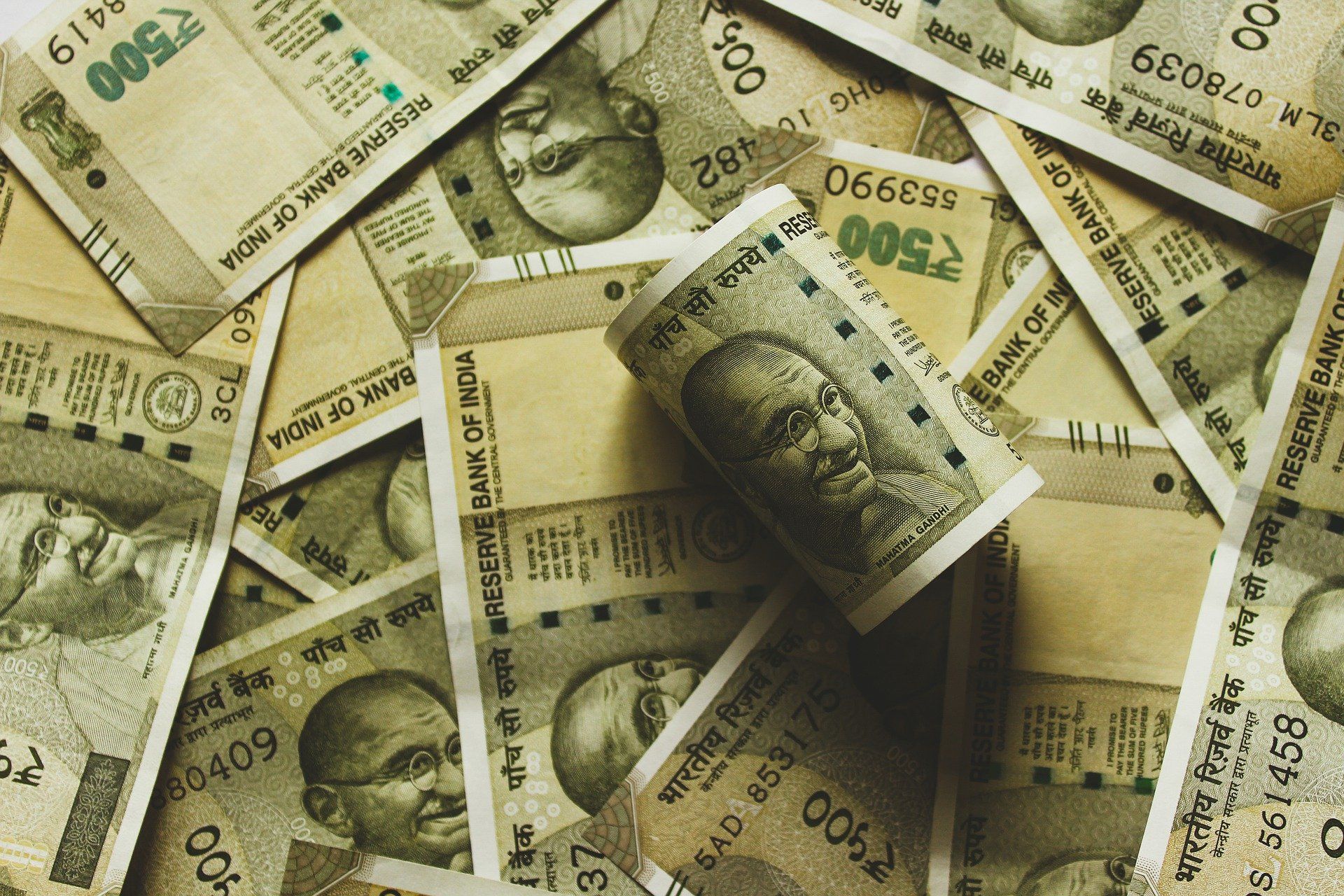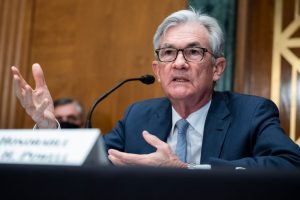The Indian rupee is set to end the year as the worst-performing emerging market currency in Asia, on the back of declining foreign investment in national stocks. While the rupee did gain 0.4% in early trading on Tuesday to hit a one-week high, this is unlikely to offset the losses already suffered.
India witnessed declining foreign investment in 2021, with giants such as the Goldman Sachs Group and Nomura Holdings citing high valuations and lowering their outlook for equities in a global market paralysed by fears of disruption, courtesy of the omicron variant. Furthermore, policy divergences between the Federal Reserve and the Reserve Bank of India (RBI), as well as India’s record-high trade deficit of $23 billion in November, contributed to the rupee’s poor performance.
Also read | Snapdeal files for IPO – valued at about $1.5 Billion
The rupee declined by 1.9% in this quarter on the back of $4.2 billion of capital being pulled out of Indian markets by foreign investors. As it stands, QuantArt Market Solutions expects the rupee to hit a record-low of 78 per dollar by end-March 2022, a considerable decline over the previous record-low of 76.9088 in April 2020. Bloomberg, meanwhile, expects the rupee to decline to 76.50 per dollar. If predictions are on point, the rupee is set to experience an overall 4% decline this year, marking its fourth straight year of losses.
Also read | Indian equities, rupee fall ahead of Fed decision
Despite the gloomy projections, not everyone shares the pessimism about the rupee’s performance. For instance, UBS AG predicts a reversal with regard to foreign investment in the coming quarter, with share sales in mega-companies such as the Life Insurance Corporation of India expected to cushion the rupee’s fall. Commenting on the same, Rohit Arora, an emerging Asian markets strategist at UBS, told Bloomberg, “As long as oil remains tamed, [the] rupee should end the fiscal year below current levels, possibly in [the] 74-75 range.”






